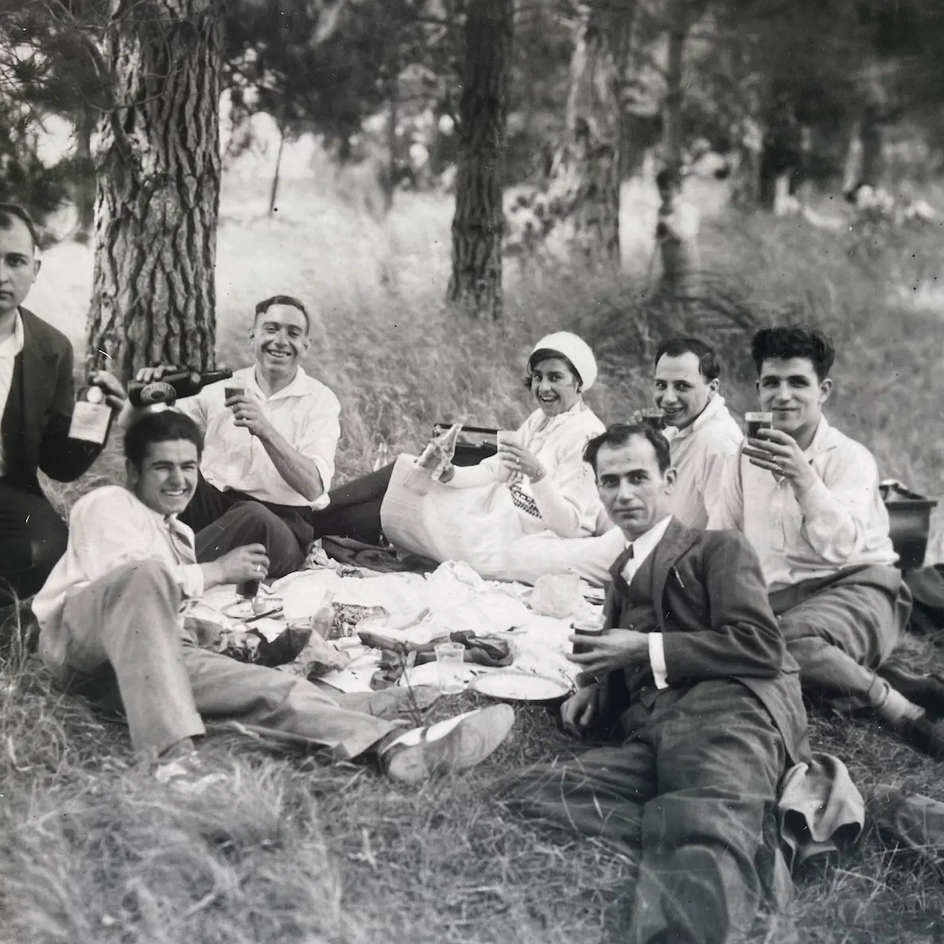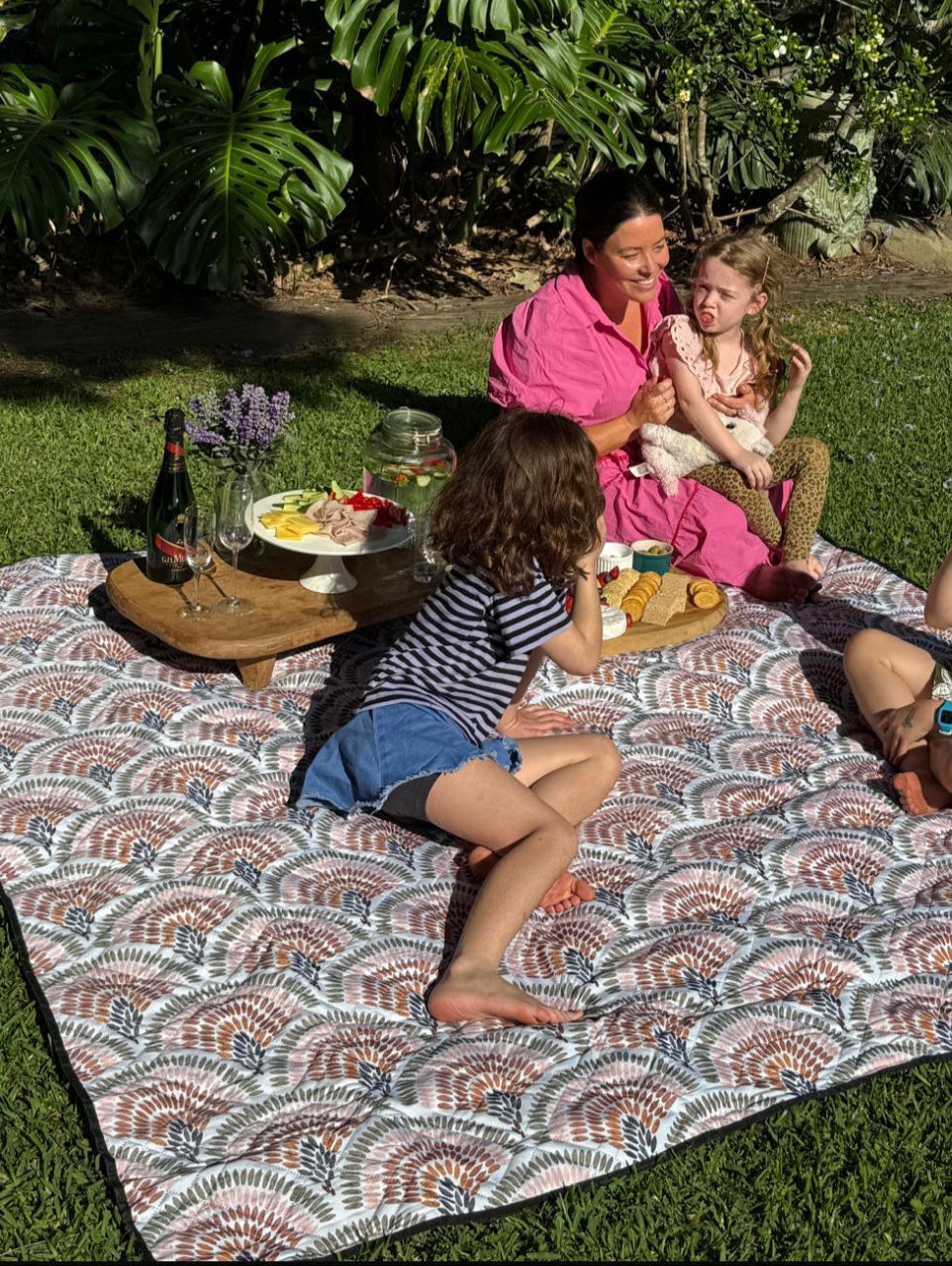The history of picnics can be traced back to medieval times, when large feasts were held in the great outdoors.
These gatherings were often organised as a way for communities to come together and celebrate special events or religious holidays.
Medieval picnics however were not as leisurely and casual as the picnics we know of today, but instead they were grand gatherings that could sometimes last for days, featuring exorbitant meals and elaborate entertainment.

It wasn't until the 18th century before picnics began to take on a more leisurely and social aspect.
They became a popular pastime amongst the upper class, who would often organise elaborate outdoor meals as a way to show off their wealth and status.
These picnics would often feature luxurious foods and drinks, as well as live music and other entertainment. The 18th century also saw the rise of the "Grand Tour" where young aristocrats would travel around Europe, and it was common for them to take part in picnics as part of their travels.

In the 19th century, picnics became more accessible to the general public as a result of the Industrial Revolution.
The development of new transportation methods, such as trains and horse-drawn carriages, made it easier for people to travel to rural and coastal areas for picnics.
This led to the creation of public parks and other recreational areas specifically designed for picnicking. Also with the rise of the "middle class", picnics became a way to enjoy the great outdoors and escape the growing cities that were become overpopulated for the time.
The 19th century also saw the rise of the "Temperance Movement" which advocated for moderation in alcohol consumption, and picnics became a way to socialize without the presence of alcohol.

As the 20th century progressed, picnics became an increasingly popular way for families and friends to spend time together.
The development of new technologies, such as portable grills and coolers, made it easier to prepare and store food for picnics.
This allowed people to enjoy picnics in a wider range of locations, including beaches, mountains, and even city parks.
With the rise of car culture, picnics could now take place further from the city, and the convenience of the automobile made it easier to transport food, drinks and other supplies, perfect for a picnic.
Today, picnics are enjoyed by people of all ages and backgrounds.
They are a popular way to spend time with friends and family, and are often used as a way to celebrate special occasions such as birthdays, public holidays, and weddings.

Picnics have also become a popular way to enjoy nature and the outdoors, with many people taking picnics to national parks, state forrests and other areas where being in nature is a must.
The picnic has become a timeless tradition that continues to be an important part of our culture, and will be enjoyed for many more generations to come.
With the rise of eco-friendly and sustainable practices and products (like our awesome picnic rugs), picnics have become a great way to enjoy nature while minimising environmental impact we have on it.
So while picnics have evolved over the centuries, from grand medieval feasts to leisurely outings with friends and family, one things has remained the same, and that is everyones love of taking part in a picnic.
They have become a beloved part of Australian culture, and continue to be a way for people to connect with each other and with nature.
Whether it's a casual lunch in the park or a grand event with live music, picnics are a timeless tradition that we can all enjoy.

I hope you loved this blogpost on the history of picnics, it was originally written by artificial intelligence through the platform Chat GPT and edited by me.
If you have anything you want to know about the wonderful world of picnicking and would like me to write about (with help from my AI friends) please drop me an email in the contact us section of the website.
Or you might want to read some of our other blogs, some written completely by me ... and some not :)
Why We are Way Better Than an K-Mart Picnic Rug
Water Resistant versus Water Proof Picnic Rugs
All the Best
Adam




